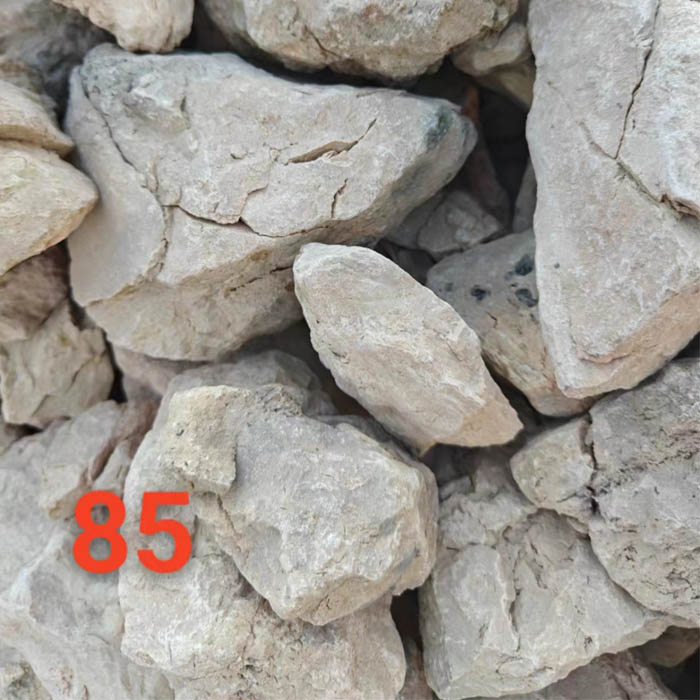Aug . 11, 2024 21:16 Back to list
New Developments in CO2 Adsorbents for Enhanced Carbon Capture and Climate Mitigation Strategies
CO2 Adsorbents A Key Technology for Carbon Capture
As concerns about climate change continue to grow, the urgent need to reduce greenhouse gas emissions has propelled research into various carbon capture technologies. Among these, carbon dioxide (CO2) adsorbents have emerged as promising materials for capturing CO2 from the atmosphere and industrial processes. This article delves into the importance of CO2 adsorbents, their types, how they function, and their potential impact on the environment.
Understanding CO2 Adsorption
CO2 adsorption is a physical or chemical process in which CO2 molecules are trapped by a solid material known as an adsorbent. This process is central to many carbon capture and storage (CCS) technologies aimed at mitigating the effects of excessive carbon emissions. Adsorbents not only help in capturing CO2 but also play a critical role in enhancing the efficiency of various industrial operations by recovering CO2 that can be reused, thereby reducing waste.
Types of CO2 Adsorbents
There are two primary categories of adsorbents used for CO2 capture physical adsorbents and chemical adsorbents
.1. Physical Adsorbents These materials rely on weak van der Waals forces to capture CO2 molecules. Examples include activated carbon, zeolites, and metal-organic frameworks (MOFs). Physical adsorption allows for the repeated use of the adsorbent, as it can be regenerated by simply changing temperature or pressure conditions.
2. Chemical Adsorbents In contrast, chemical adsorbents engage in chemical reactions with CO2, forming stable compounds. Common chemical adsorbents include amine-modified solids, which are particularly effective in capturing CO2 from flue gases. The chemical bonding enables stronger capture compared to physical methods but generally requires more energy for regeneration.
co2 adsorbent

Mechanism of CO2 Capture
The process of CO2 adsorption typically involves three main steps gas adsorption, regeneration, and recovery. During gas adsorption, CO2 molecules are captured by the adsorbent. This is followed by regeneration, where the adsorbent is heated or subjected to reduced pressure to release the captured CO2, effectively 'regenerating' the adsorbent for future use. Finally, the recovered CO2 can either be stored underground or utilized for producing valuable products, such as fuels or building materials.
Challenges and Future Directions
While CO2 adsorbents hold significant promise, several challenges must be addressed to enhance their effectiveness and economic viability. One major hurdle is the regeneration energy requirement, which can be substantial depending on the material used. Moreover, developing adsorbents with high capacity, selectivity for CO2 over other gases, and stability under operational conditions remains a critical area of research.
Innovations in material science are paving the way for the development of advanced CO2 adsorbents. For example, researchers are exploring nanomaterials and hybrid systems that combine the benefits of both physical and chemical adsorption. Additionally, the integration of AI and machine learning in material discovery can accelerate the identification of novel adsorbent materials with exceptional performance.
Conclusion
CO2 adsorbents represent a crucial technology in the fight against climate change. By efficiently capturing and utilizing CO2 emissions, these materials can play a pivotal role in reducing greenhouse gas concentrations in the atmosphere. Continued research and innovation in CO2 adsorption technology can lead to more effective materials and processes, helping industries transition toward a more sustainable and low-carbon future. As we strive for a cleaner environment, investing in and developing CO2 adsorbent technologies will be essential in our collective effort to combat climate change.
-
Eco-Friendly Granule Covering Agent | Dust & Caking Control
NewsAug.06,2025
-
Fe-C Composite Pellets for BOF: High-Efficiency & Cost-Saving
NewsAug.05,2025
-
Premium Tundish Covering Agents Exporters | High Purity
NewsAug.04,2025
-
Fe-C Composite Pellets for BOF | Efficient & Economical
NewsAug.03,2025
-
Top Tundish Covering Agent Exporters | Premium Quality Solutions
NewsAug.02,2025
-
First Bauxite Exporters | AI-Optimized Supply
NewsAug.01,2025
